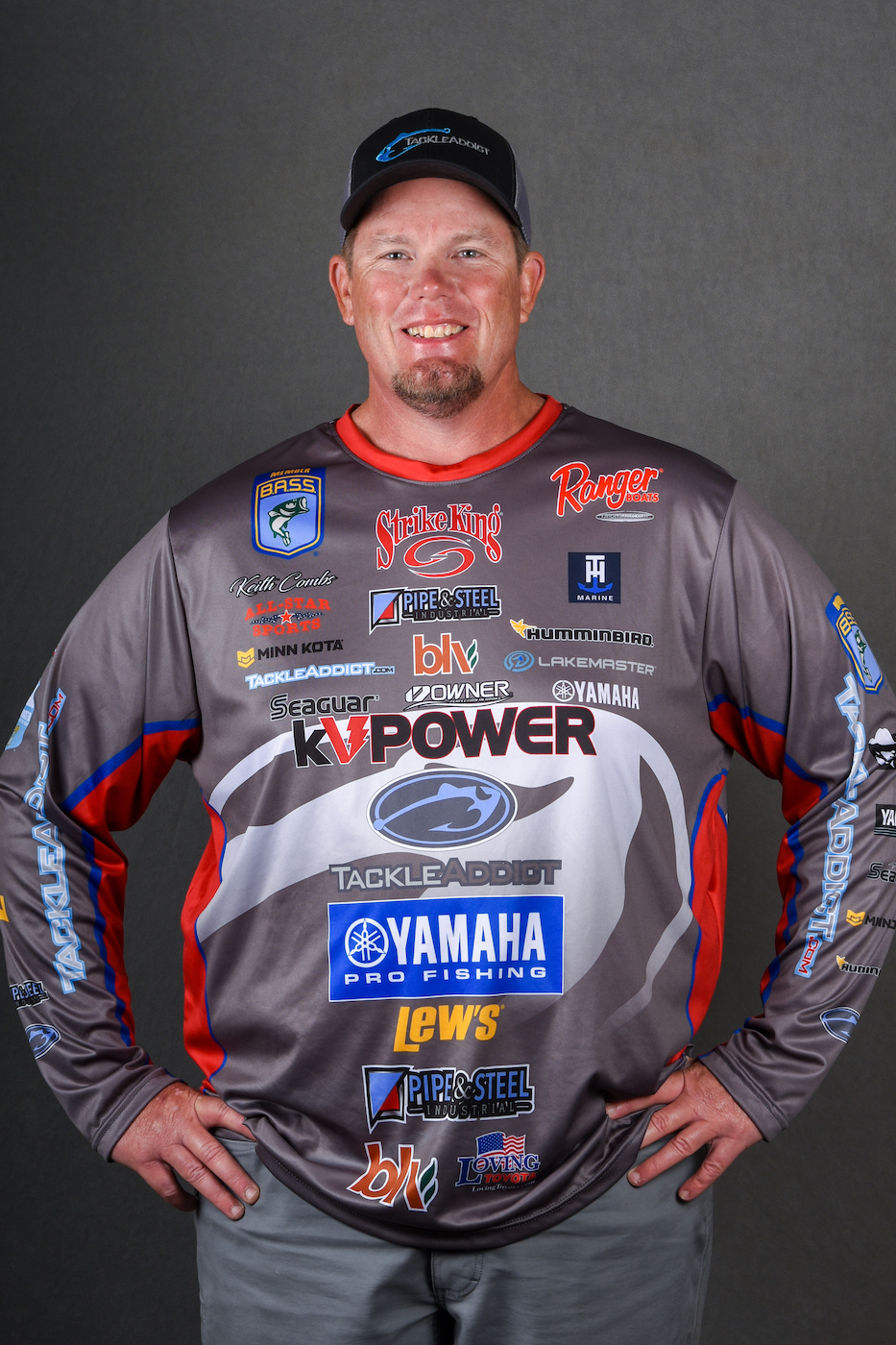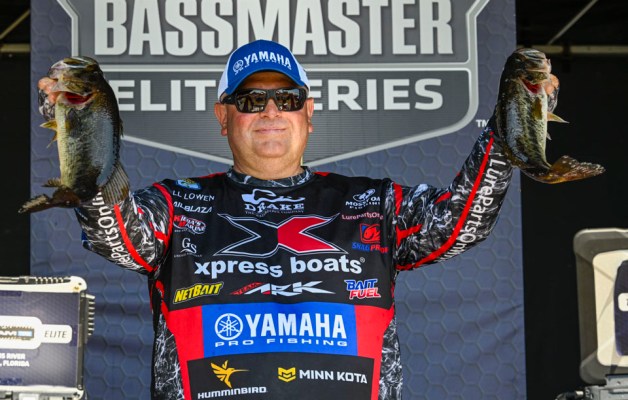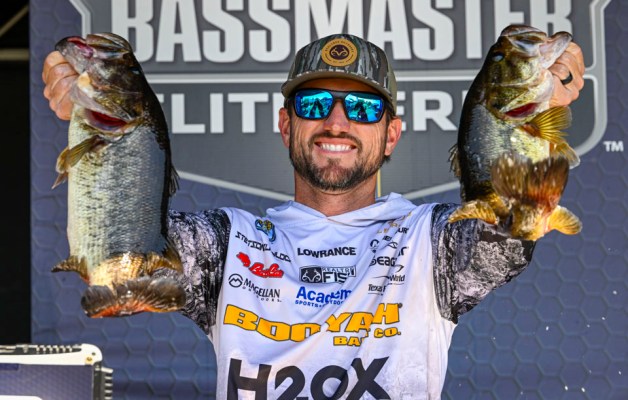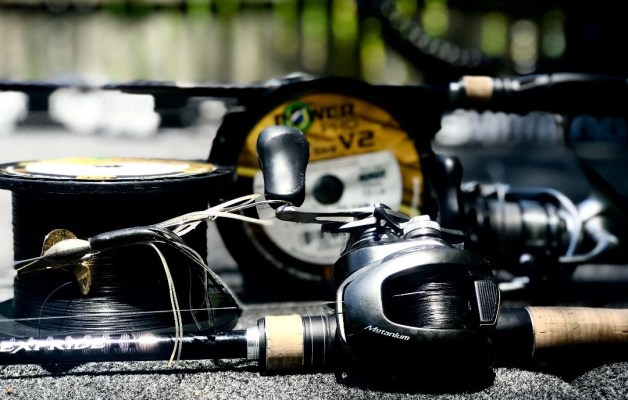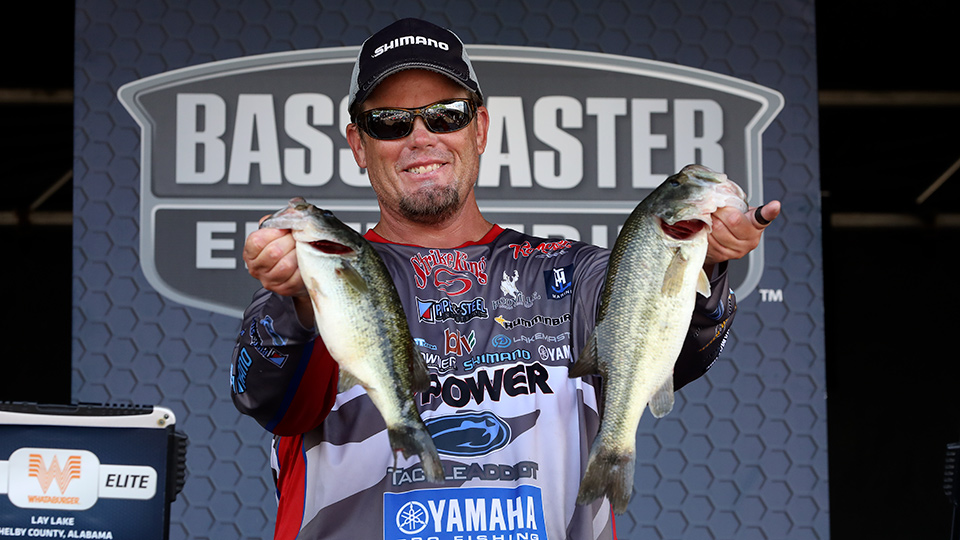
Through six Bassmaster Elite Series tournaments, we’ve seen some big weights come across the stage, but often the guys who catch them aren’t quite sure how they pieced it together. “It looks good on paper” has been one of the most frequently uttered statements as we wait to weigh in, and then again on the stage.
In other words, just because you had a big bag doesn’t mean you caught them easily, and just because we have a great schedule doesn’t mean everyone will consistently experience success.
It started at Lake Okeechobee, where we had some good catches, but with so much water the fish were spread out. The lake didn’t necessarily fish up to its tremendous potential. At Lake Seminole, you know big ones live there, but things were changing so fast that you couldn’t rely on what you’d found in practice.
Lake Murray was the one tournament that completely lived up to its promise. I thought we were going to get back on track after that, but Santee Cooper Lakes threw us another curveball.
We all know what lives in Santee Cooper Lakes. Last year the prespawn and early spawn patterns lined up really well. The fish were fairly predictable. This year, like a lot of other anglers, when I left the dock I was just hoping to catch five. I mean, it was April. There aren’t many fisheries of that caliber where you can’t go fling a wacky worm around that time of year and feel like you’re going to struggle to catch a limit.
I’m not satisfied with my results, but I really can’t blame it on anyone. My practices have been tough. My areas don’t show their complete potential, and then I’m behind the 8-ball on Day 1. Even at the Classic, the first day was my downfall.
On several occasions I’ve started to figure things out that first afternoon of competition, and then it gets better on the second and third days, but by then it’s too late. I need to come out of the gate dialed in a little bit better, but willing to adjust as my patterns evolve. That probably requires a little more versatility at the beginning.
As I write this, next up is the Sabine River, which is probably going to shake up the standings quite a bit. Some anglers will be thankful for it and some will leave shaking their heads. To be honest, I don’t expect it to be tough to generate bites, but the difference between 8 pounds and 9 1/2 pounds could be huge. Even if it’s fishing well, it fishes small, and that makes for a high stress situation.
That’s why I can’t wait to head up north – not just to get out of this rapidly-climbing Texas heat, but also to fish two events in New York and one in Michigan. They’re big playing fields, and while they have their own set of challenges, they’re also a bit more predictable than these southern fisheries have been. Things should be a bit more stable up there, and it’ll be a great way to close out the season.
Of course, I want to win one (or more), but the other goal is to make sure that I’m in the field at Bassmaster Classic on Grand Lake next March. That’s another fishery that can fish tough in the early spring, but I think it sets up well for one of my strengths: shallow power fishing.
Of course, you can’t be there – even to say “it looks good on paper” – unless you qualify, so I have to do everything I can to get that shot.

